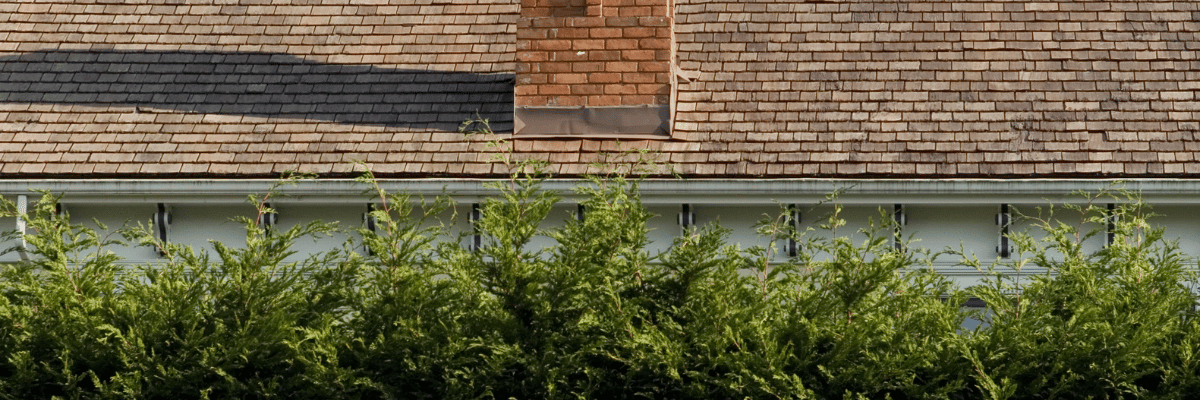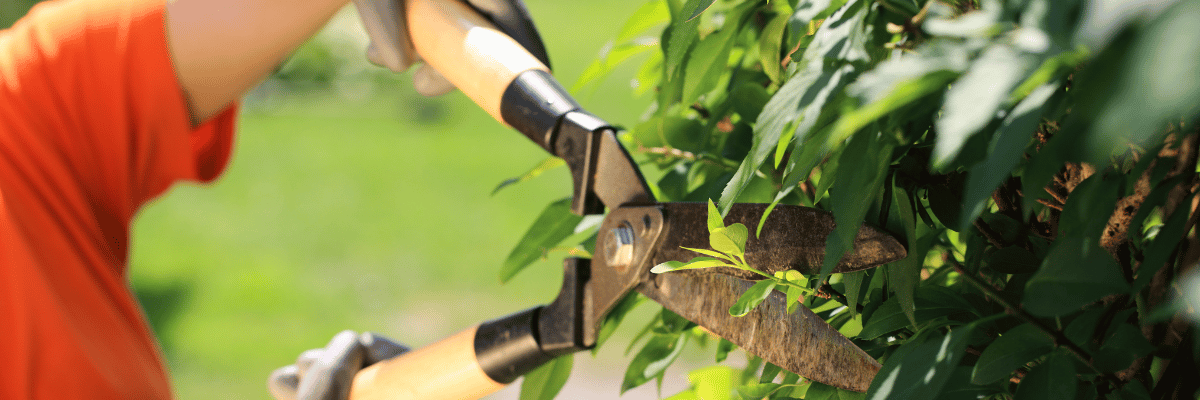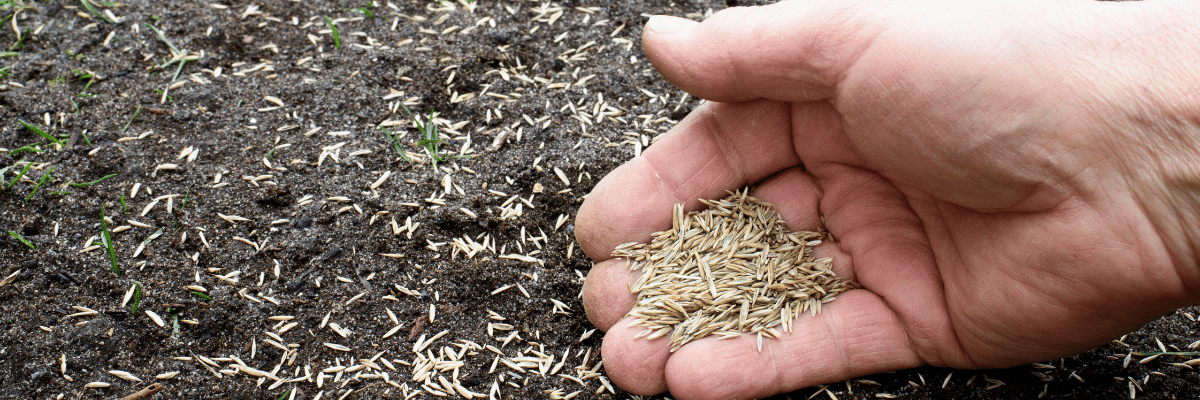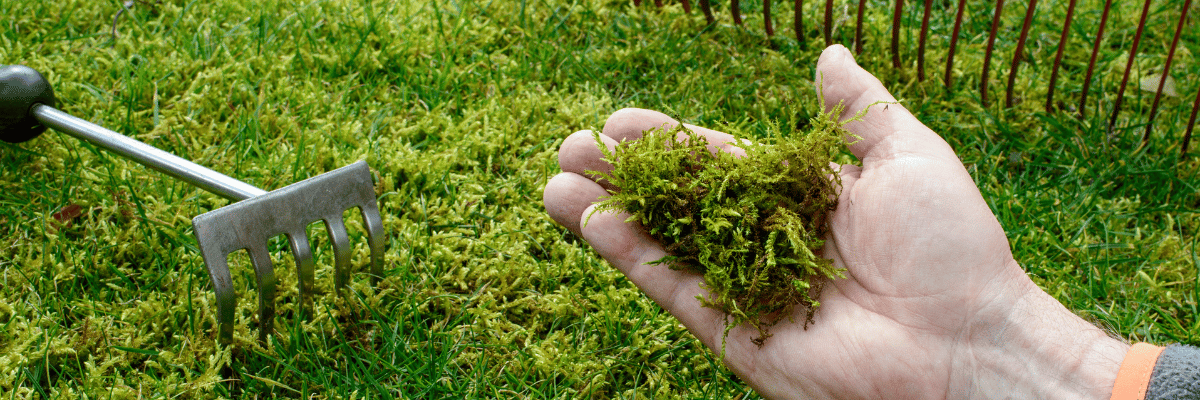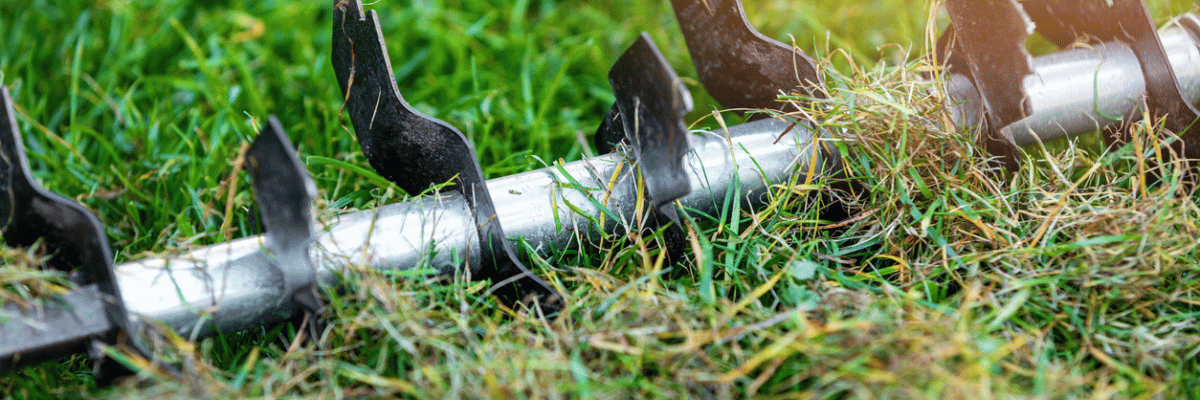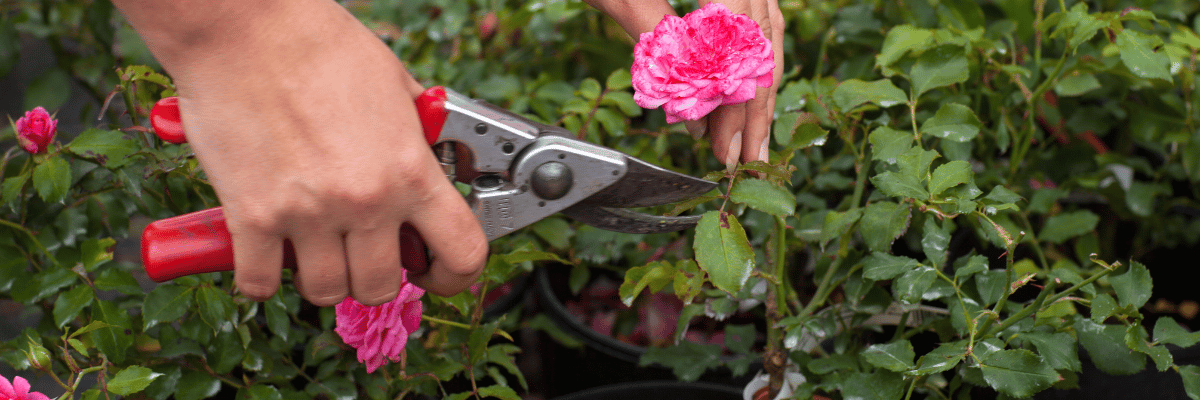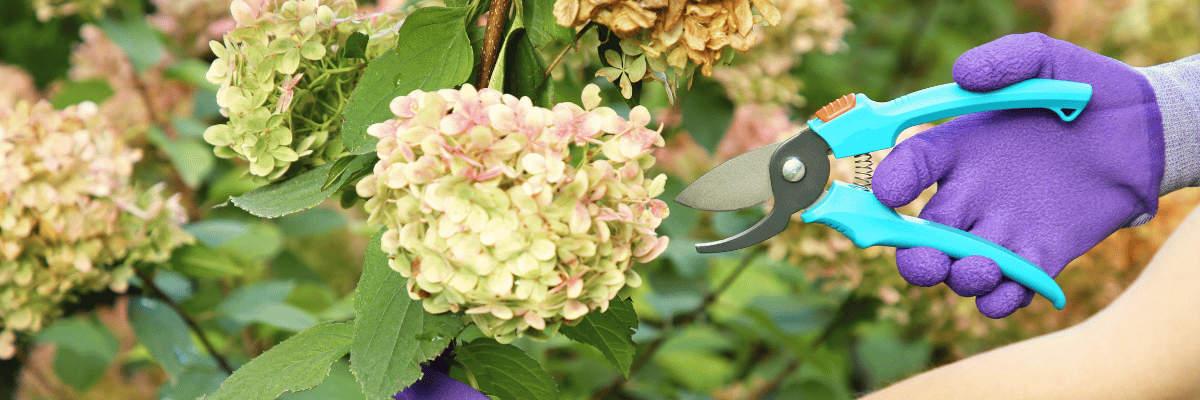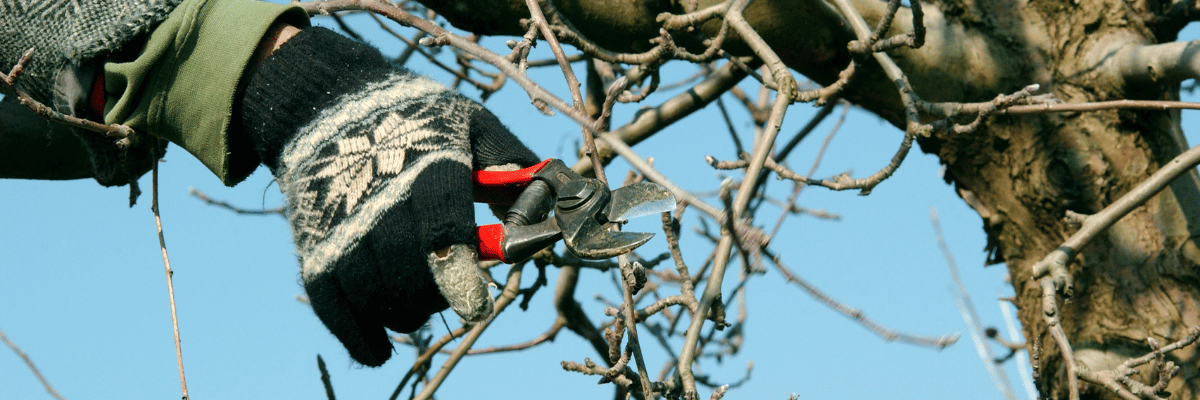We know that even the most experienced gardeners have questions from time to time, so we're here to provide the right answers that can help develop your green thumb.
We rolled up our sleeves and dug deep into the data, using search listening tools to pinpoint exactly what’s been puzzling you — from hedge laws to the best pruning techniques. We scoured the web to work out the most Googled gardening questions and collected data on how often the queries were searched, giving us a clear picture of what gardeners are most curious about.
To help resolve your biggest gardening faux pas, we’re sharing our top recommendations on everything from nurturing your lawns to sculpting the perfect hedges.
Contents
The most searched hedging questions
| Questions | Search Volume |
| cutting hedges law uk | 1600 |
| when can you cut hedges? | 1000 |
| when to cut hedges to avoid nesting birds | 590 |
| what is the law on boundary hedges? | 480 |
| what is the legal height of hedges between neighbours? | 350 |
As gardeners, one of the biggest challenges is ensuring our hedges not only look good but stay within the graces of the law.
Let’s clear up some confusion with answers to your most pressing hedge-related questions.
When to cut hedges to avoid nesting birds?
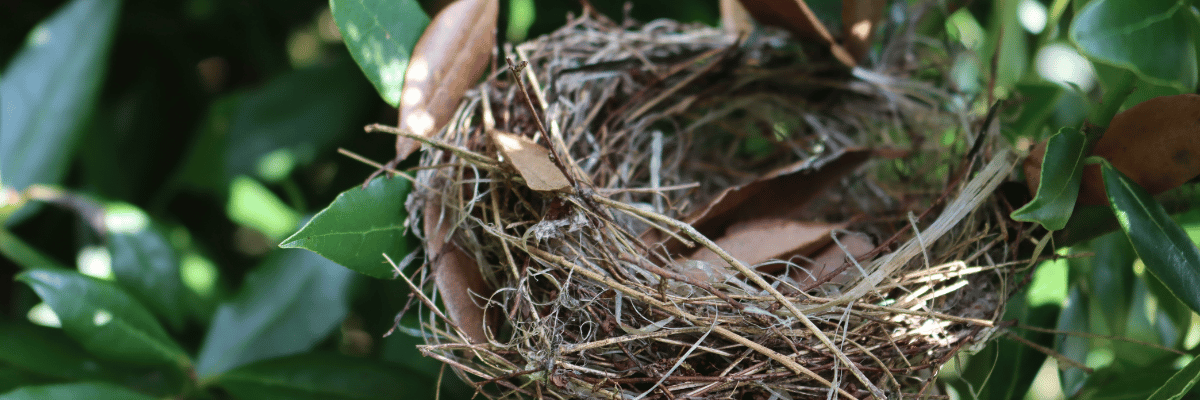
With around 590 monthly searches, one of the most common concerns gardeners have is knowing the best time to trim their hedges to protect nesting birds.
Trimming hedges during the nesting season can disturb or destroy bird nests, which is not only harmful to wildlife but also illegal under the Wildlife & Countryside Act 1981. Nesting season in the UK typically runs from February to August, so planning your hedge maintenance outside these months is recommended to avoid any potential harm to them.
The Wildlife & Countryside Act 1981 states that a person is breaking the law if they intentionally:
Kill, injure or take wild birds
Take, damage or destroy a wild bird’s nest while it’s being used or built
Take or destroy a wild bird’s egg
The safest times to cut back hedges are in late winter or early autumn, outside the main breeding season for most bird species. This timing helps ensure that you don't disturb young birds that are still dependent on their nests.
Dense, well-maintained hedges — especially species like Hawthorn and Privet — are favoured by birds for their excellent cover and food sources. It’s strongly recommended to always inspect your hedges for nests before starting any work. If you spot an active nest, you mustn’t attempt any pruning until the chicks have fledged and the nest is no longer in use.
The law protects nesting birds, and anyone found to break the law could face an unlimited fine, up to six months imprisonment, or both.
What is the law on boundary hedges?
Boundary hedges can spark a lot of disputes, especially when it comes to their height and upkeep.
The general consensus is that if the main stem of a hedge is on your land, it’s your property, and if part of that hedge encroaches onto your neighbour’s land, they’re within their rights to trim it back. However, it can get a bit more complicated.
In the UK, the Anti-social Behaviour Act 2003 helps manage any issues that arise from high hedges, like when they obstruct light or entry. This law defines a high hedge as a line of two or more evergreen or semi-evergreen trees or shrubs over 2 meters tall that block light or access.
Owners are required to keep high hedges under control to prevent them from negatively affecting neighbours’ enjoyment of their properties. If a hedge exceeds permitted heights, you can raise a complaint with the local council. They will decide whether the hedge negatively affects the complainant's reasonable enjoyment of their property and issue a remedial notice to the hedge owner to address the problem.
If your neighbour’s hedge breaches the permitted legal height, you’re allowed to trim any branches or roots that encroach onto your property, but only up to the property boundary. It’s always recommended to inform your neighbour before cutting to avoid disputes.
Some hedges may be under council ownership, especially those lining public paths or roads. Specific council rules apply to these, and maintenance might be their responsibility.
When planning a new boundary hedge, consult your local council's guidelines to ensure you’re compliant with local planning regulations. Choosing the right species and planning for their mature size can prevent future legal issues and foster good relationships with your neighbours. Select species that you can easily keep within the legal size, like a slow-growing or low-maintenance hedging plant like Box or Euonymus.
When can you cut hedges?
With various species of hedges, each requiring different care schedules, it's no wonder gardeners frequently search for the best times to prune.
Each type of hedge has its optimal pruning time, which usually coincides with its growth patterns and dormancy periods to minimise stress on the plants.
Some of the top searched species were when to trim Box, Laurel, Dogwood, and Conifer hedges. Here’s a quick overview of when to maintain them:
Box hedges — Best trimmed once a year from late summer to early autumn. Find out more in our Box care guide.
Laurel hedges — Prune twice a year, once in June and later in September. Read our Laurel hedging guide for more information.
Dogwood hedges — Late winter is ideal for pruning dogwood hedges, just before new spring growth begins. Read more about caring for dogwood.
Conifers — The best time to prune conifers depends on the exact species, but most should be cut back during the summer months.
The most searched lawn-care questions
| Questions | Search Volume |
| how long does grass seed take to grow? | 8100 |
| how to lay turf | 5400 |
| how to get rid of moss in lawn | 3600 |
| how to scarify a lawn | 1900 |
| how to prepare ground for turf | 320 |
| how often to water new turf | 260 |
Keeping a lawn lush and green is no small feat, especially with the variety of challenges British gardeners face from a usually temperate but occasionally unpredictable climate. We found that the most searched law care question is around growing grass seed (8,100 average monthly searches).
It’s also worth pointing out that searches around lawn care tend to spike from March to June, as the warming weather prompts gardeners to prepare their lawns for the summer months ahead.
H3: How long does grass seed take to grow?
The time it takes for grass seed to germinate and grow into a green lawn can vary widely depending on several factors. Here are the key elements that influence growth rate:
Seed type — Different grass seeds have different germination rates. For example, ryegrass can sprout within 5 to 10 days under ideal conditions, whereas finer grasses like fescues may take 14 to 21 days.
Soil conditions — Well-aerated and nutrient-rich soil can significantly speed up germination. Prepare your soil by tilling and adding compost before planting to create the best growing environment.
Watering — Keeping the soil consistently moist but not waterlogged is crucial during the germination period. Light watering several times a day may be necessary, especially in dry conditions.
Temperature — Grass seed grows best when soil temperatures are consistently between 8-10°C for several weeks. In the UK, sowing in early spring or late summer is recommended for quicker germination. Don’t forget, too, that ground temperatures are a little bit warmer than the air if you’re going off of weather readings rather than a soil thermometer.
Sunlight — Adequate sunlight is vital for healthy growth. Most grass types need at least 4 to 6 hours of direct sunlight daily.
How to lay turf?
With around 5,400 monthly searches, it’s clear that many are looking to perfect their green spaces quickly and efficiently.
Proper preparation is essential for turf to take root and thrive. Start by clearing the area of weeds, rocks, and debris and levelling out the top layer of soil. Adding a layer of topsoil enriched with compost can help to provide a nutrient-rich base.
When laying turf, always start at a straight edge like a border or flower bed and place the strips end to end, avoiding leaving any gaps. To prevent obvious lines where the strips meet, try staggering the joints in each row as if you’re laying bricks.
Water is crucial for root establishment. Hydrate the turf thoroughly within the first 30 minutes of laying it and keep it moist for the first two weeks. Once all the turf is laid and watered, lightly roll it to ensure good contact between the soil and the roots.
Avoid walking on freshly laid turf and start mowing only when it has rooted firmly, which you can test by gently tugging on the grass.
Learn more about laying turf with our guide.
How to remove moss and clover from your lawn?
Dealing with unwanted moss and clover on a lawn can keep even the most seasoned gardeners on their toes — evident with 3,600 people searching for “how to get rid of moss in lawn” and 1,600 people searching “how to get rid of clover in lawn” every month.
Both can overtake a lawn if left unchecked and compete with grass for nutrients in the soil, but with the right approach, you can reclaim your green space.
Moss — Moss thrives in wet, shaded, and acidic conditions, often where grass is weak. Improving drainage by aerating the soil will help reduce the moisture that moss thrives on, and you can also apply garden lime to reduce the soil’s acidity. You can also physically remove moss with a scarifier during the lawn's active growth period, ideally in early spring or autumn.
Clover — If not controlled, clover can dominate a lawn. To manage clover, keep your lawn well-fed and mowed regularly, which helps grass outcompete clover. Before mowing, rake over the clovers to loosen the stems, which will make it easier for a lawn mower to remove them.
While clovers can be unsightly for neatly kept lawns, some gardeners are more accepting of these blooming plants.
Interestingly, full clover lawns are becoming increasingly popular now rather than traditionally formal grass lawns. Clover is drought tolerant, doesn’t grow as quickly, and adds a beautiful green sheen all year round. It’s also ecologically friendly, enriching the soil with the nitrogen it produces, and clover flowers provide nectar for pollinators like bees and butterflies.
While some may want to remove clover, others might see it as a sustainable and low-maintenance alternative to traditional grass. It's worth considering if you're looking for a lawn that supports biodiversity and requires less water and fertiliser.
How to scarify a lawn?
Perhaps unsurprisingly, we found that there are a lot of searches for how to scarify a lawn (1900), which can be an answer to people’s moss or clover problems.
Scarification is when organic matter is removed from the surface layer of a lawn by a scarifier. This machine looks similar to a handheld lawn mower, but inside, it contains lots of small rotating blades that dig into the surface of grass to remove obstructions like moss and clover.
If your lawn is starting to feel overcome with moss, thatch, or clover, you may notice the grass drying out and suffocating. This is because these growths obstruct water and nutrients from reaching the roots.
Scarifying a lawn is best done from spring to late summer. Your lawn should be completely dry beforehand, and avoid mowing for a few weeks afterwards to give it time to recover.
Learn more about scarifying a lawn and how to keep your grass healthy.
The most searched pruning questions
Gardening is a labour of love, with the rewards sometimes being months or even years in the making. So, it's no surprise that people are searching for the best techniques and timing for pruning their beloved plants.
We found that the most searched-for types of plants to prune are roses, hydrangeas, fruit trees, and lavender. Our data also revealed that searches around pruning advice spike in February, just before the growing season, and then again in the summer, when gardeners are most active in tending to their plants.
When to prune roses
| Questions | Search Volume |
| when to prune roses | 14800 |
| how to prune roses | 6600 |
| how to prune a rose bush | 6600 |
| how & when to prune roses | 6600 |
| when to prune roses uk | 3600 |
| when is it too late to prune roses | 1900 |
| when to prune climbing roses | 1600 |
Roses are undoubtedly a garden favourite, with their alluring fragrance and iconic shape. There are also various types of roses to consider, from bushes to climbing species— each with its own pruning requirements. The general rule of thumb is to clear away any dead, diseased, damaged, or dying canes to help the plant focus its energy on healthy growth. February or March are great times to do this to encourage new growth and healthy blooms.
You also don’t want your bush or shrub to be overcrowded with branches, as this can affect light penetration and air circulation. So, remove any branches that cross over others, which can often be the case closer to the centre of the plant.
The other thing to note with roses is that sometimes gardeners get pruning mixed up with deadheading. While pruning removes any straggly growth, deadheading is when fading or spent flowers are cut off so the plant can invest its energy into producing new, fresh buds.
Visit our guide to pruning roses for comprehensive steps on the different techniques for cutting back various types of roses.
When to prune hydrangeas
| Questions | Search Volume |
| when to prune hydrangeas | 9900 |
| how to prune hydrangeas | 3600 |
| when to prune hydrangeas uk | 2900 |
With about 9,900 monthly searches for ‘when to prune hydrangeas’, these blooming hedges are also a bit of a hot topic. Notably, searches have increased by 22% year on year, suggesting growing interest in the proper care of these beautiful plants, and also their popularity.
The right time to prune hydrangeas can vary, but for most, spring is perfect — just before new growth kicks in. Just like with roses, you'll want to clear out dead wood and thin out any crowded spots, which helps encourage more vigorous growth and larger blooms.
To deadhead hydrangeas, make sure to wait until the risk of frost has passed in spring.
When to prune fruit trees
| Questions | Search Volume |
| when to prune apple trees | 6600 |
| how to prune an apple tree | 2900 |
| when to prune plum trees uk | 2400 |
Keeping fruit trees pruned is crucial for a bountiful harvest.
The best time to prune fruit trees is during the dormant season, generally in late winter before the spring growth starts. This timing helps prevent disease and allows the tree to heal quickly without sacrificing any of the upcoming season’s fruit. If you have a trained tree like a cordon, fan, or espalier though, prune these in summer.
Pruning is all about improving light penetration and air circulation. Focus on removing dead or diseased branches, thinning out overcrowded areas, and shaping the tree so that sunlight can reach the inner branches.
Learn more about pruning and caring for apple trees here.
When to prune lavender
| Questions | Search Volume |
| when to prune lavender | 4400 |
| how to prune lavender | 2900 |
Lavender should be pruned once a year, ideally after it blooms, which helps to maintain its shape and prevent it from becoming woody. Late summer or early autumn is best, as it gives the plants enough time to harden off before the frost.
Focus on cutting back the spent flower stalks and about an inch of this year’s growth to encourage new shoots. This helps maintain a compact, attractive shape and ensures plenty of blooms for the next season.
Our lavender guide provides step-by-step instructions and tips for pruning different varieties of lavender.
The most searched garden pest questions
| Questions | Search Volume |
| how to get rid of rats in the garden | 5400 |
| how to keep cats out of the garden | 3600 |
| how to get rid of ants in the garden | 2400 |
| how to get rid of moles in the garden | 1900 |
Dealing with pests is an inevitable part of gardening, but knowing how to handle them can keep your garden thriving and healthy.
While it can be our natural instinct to remove them, it’s worth mentioning that not all pests are unwelcome. Some offer ecological benefits to our green spaces and can even make for helpful pest control — like ants, which can help to manage sap-suckling aphids.
How to get rid of rats in the garden
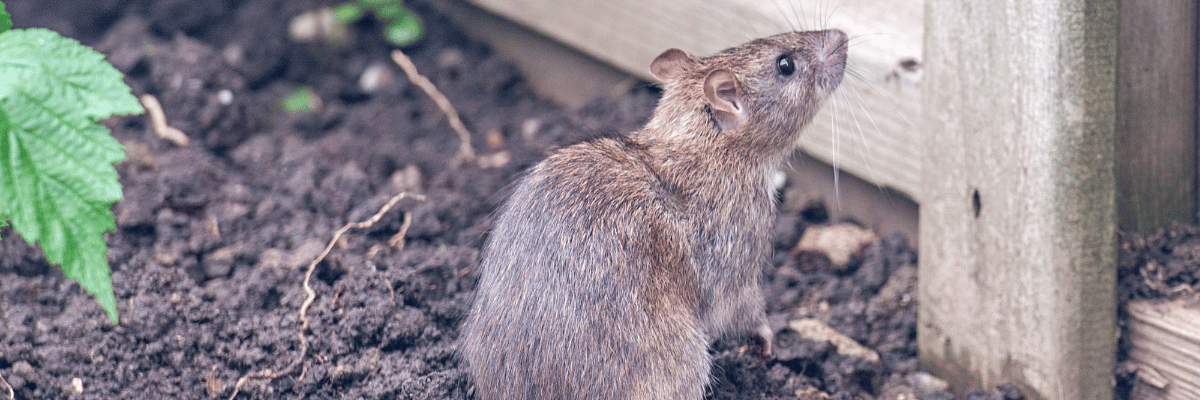
Rats are attracted to gardens because they offer food and shelter, from bird food to piles of debris. As they’re usually nocturnal, it can be difficult to catch them in the act of trespassing, but gnawed wood and materials, burrows, and cylindrical droppings are all signs that you could have furry visitors.
To deter them, it’s simple: remove sources of food and water. Ensure that bird feeders aren’t accessible to them, properly seal any compost bins, and consider using natural deterrents like peppermint oil, which repels rats with its strong scent. Installing physical barriers, such as mesh around compost areas, can also prevent access. Rats are also ‘neophobic’ and strongly dislike new objects or changes, so moving your garden furniture and installing new planters can put a stop to their regular visits.
How to get rid of cats in the garden
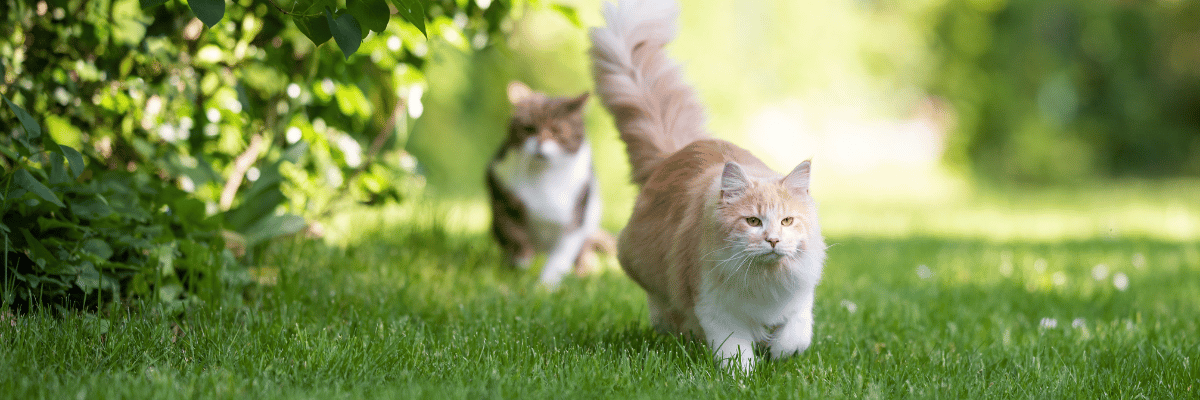
Cats in the garden can be a real nuisance, especially when they use flower beds as litter boxes or harm young seedlings. To make your garden less appealing to them, think about how you can create an environment that they find uncomfortable but isn’t harmful.
Planting herbs like lavender or rosemary can repel them due to their strong scent, and using pine cones, holly cuttings, or eggshells around your plants can stop them from digging up your borders and flowerbeds. Motion-activated sprinklers are also an effective and humane way to deter them, startling cats with a burst of water without causing harm. Just be sure to let your neighbours know in case their pets wander into your space.
How to get rid of ants in the garden

Ants can often be harmless or even beneficial for your garden’s ecosystem, but they can also become a nuisance if they invade your home or start to cause havoc on plant health.
To manage their numbers, focus on deterring them from areas where they're not wanted. Sprinkling cinnamon, coffee grounds, or crushed chalk around garden borders can act as a natural barrier. Remember, maintaining good garden hygiene by clearing away leftover food and sealing any rubbish bins can prevent ant infestations.
How to get rid of moles

Moles are notorious for tunnelling through lawns, leaving unwanted mounds of soil and potentially damaging plant roots.
To deter moles naturally, you can install physical barriers like a mesh fence underground around the perimeter of your garden, which can prevent them from entering. You can also try planting daffodils, marigolds, and alliums around your borders, which are believed to deter the creatures naturally.
For persistent problems, ultrasonic devices that emit vibrations and buzzing noises can be extremely effective at discouraging moles as they’re very sensitive to sound — just remember that you’ll also have to put up with the sound when using your garden!
Moles are known to be fairly difficult to move on from burrowing in your garden, so if you’re struggling, you might want to get professional help.
Discover more ways to deter garden pests here.
Turn your garden into a thriving natural paradise
Creating a beautiful and healthy outdoor space starts with the right knowledge and the best products.
Whether you're looking to plant the perfect hedge, sow a lush, green lawn, or manage pests effectively, our blog is full of more expert tips and guides to help you master every aspect of outdoor care.
You can also explore our extensive selection of hedges, essential plants, and trees to bring your visions to life and help you nurture and maintain your garden year after year.
Methodology
The data in this study was collected using Answer The Public, ahrefs, and Google Keyword Planner. We identified frequently searched question categories using Answer the Public and ahrefs, then used Google Keyword Planner to understand the average monthly search volumes for each question. The search volume data was collected from January 2024-25 to spot changes year-on-year, and we also averaged the cumulative data to work out the most searched questions overall.
 Hedges Direct
Hedges Direct 




